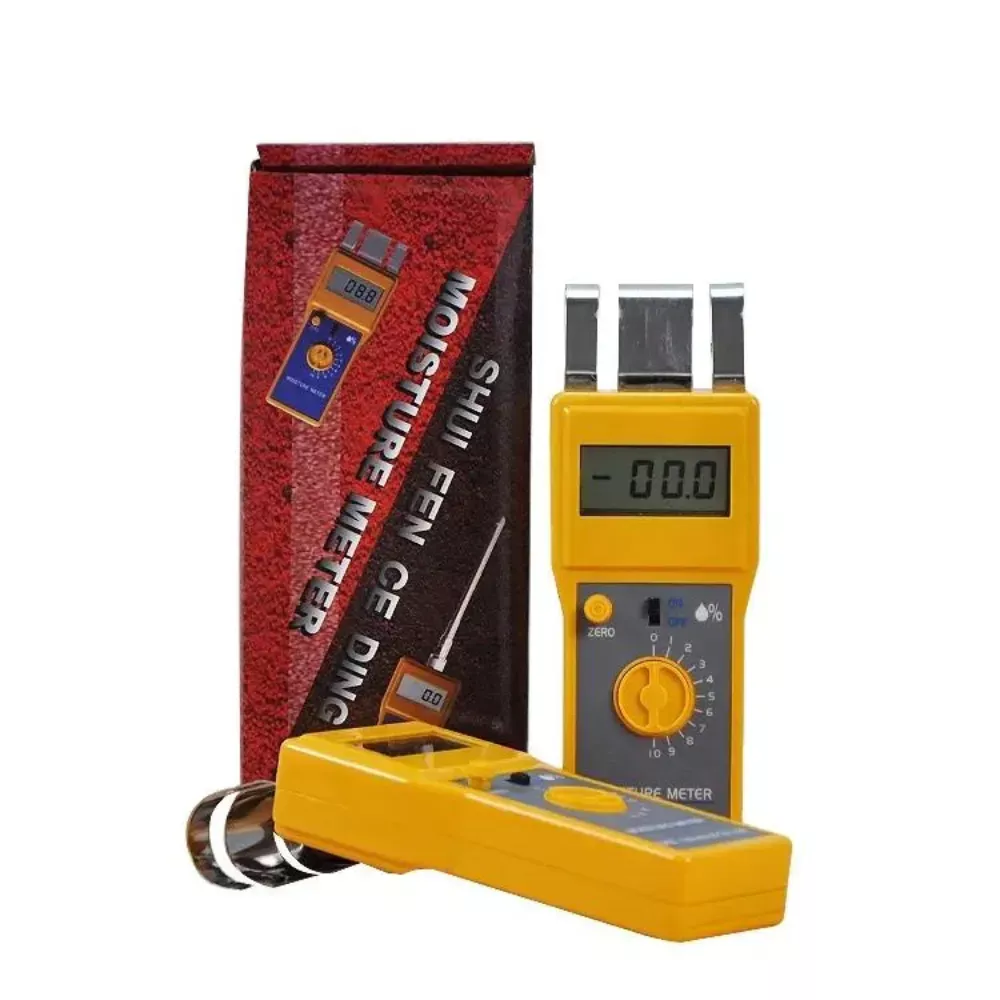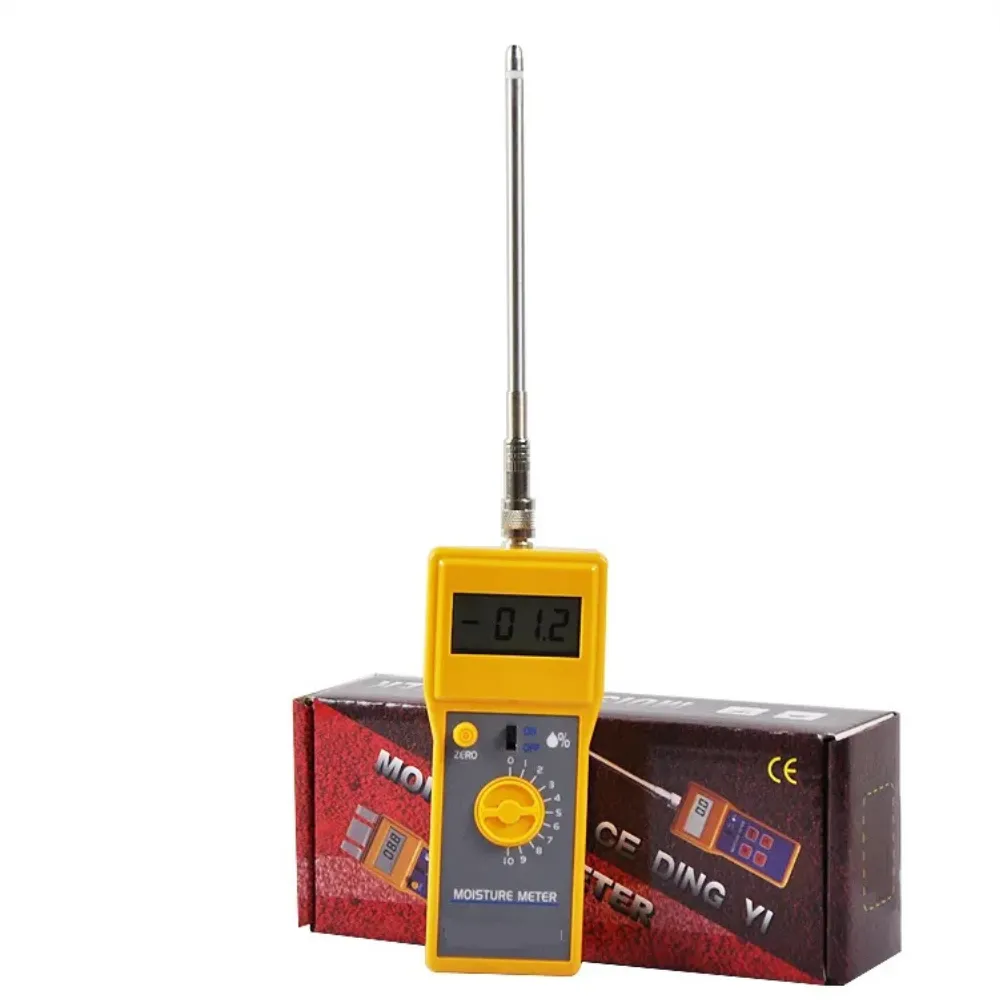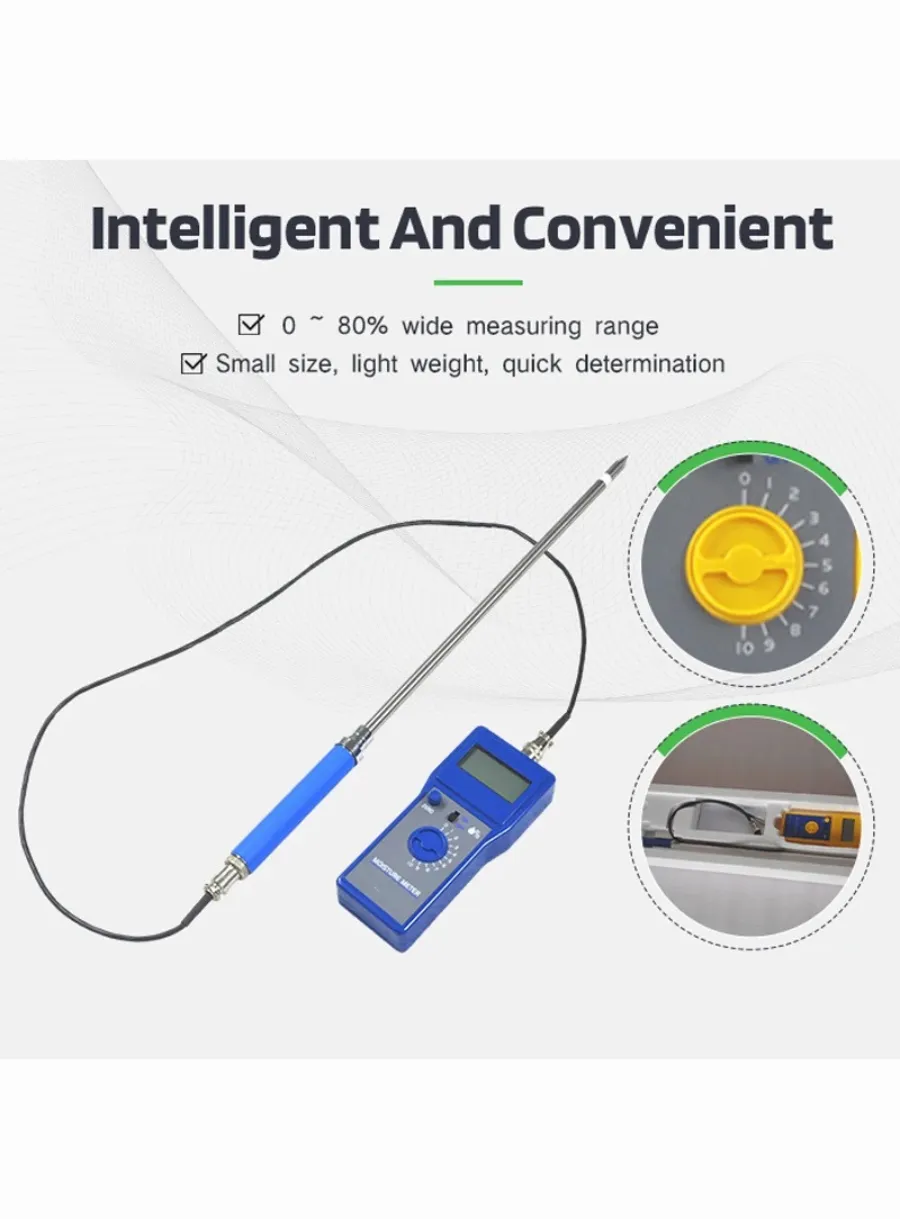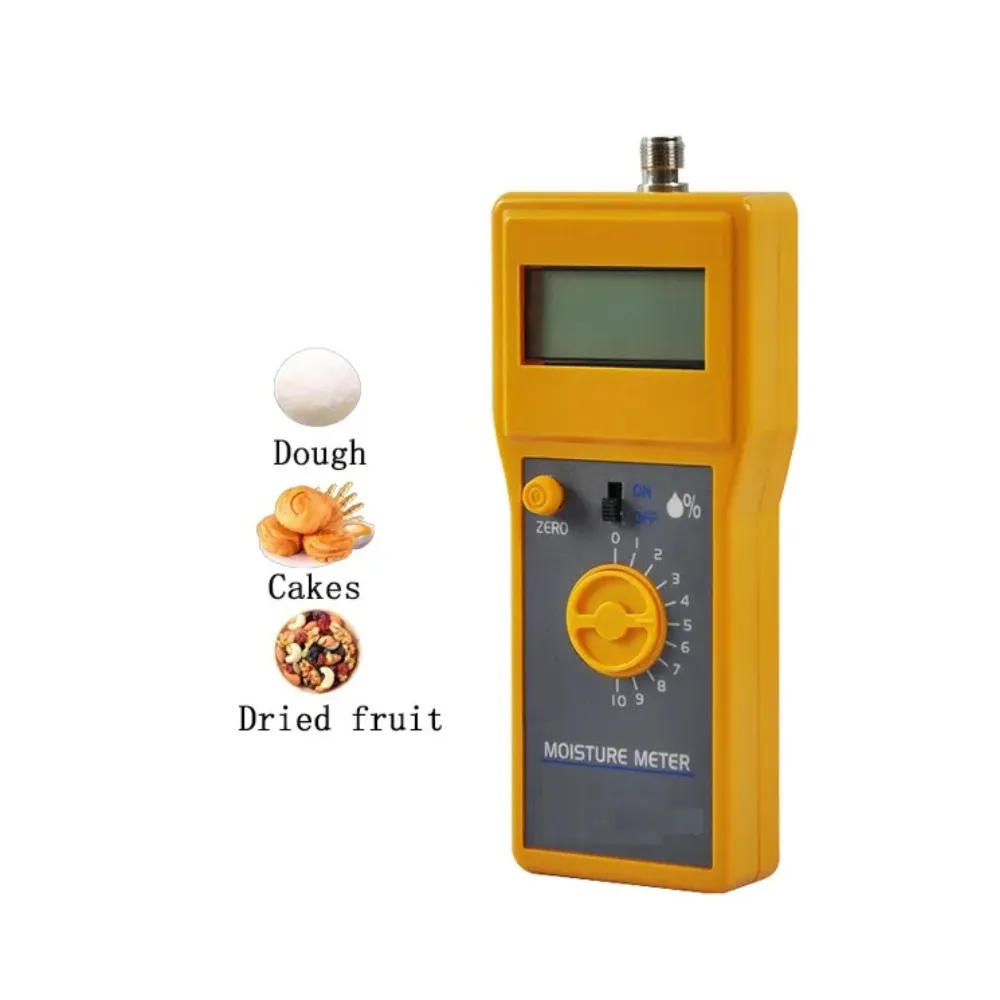
The Proper Use and Maintenance of Custom Grain Moisture Meters
Table of Contents
Custom grain moisture meters are essential tools for farmers and grain handlers to ensure the quality and safety of their products. These devices use either infrared or microwave technology to measure the moisture content in grains. The infrared method measures the difference in temperature between the grain and the surrounding air, while the microwave method measures the absorption of microwave energy by the grain. Both methods provide accurate and reliable results, but the choice between them depends on the specific needs and preferences of the user.
When using a custom grain moisture meter, it is crucial to follow the manufacturer’s instructions to ensure accurate readings. The device should be calibrated regularly to maintain its accuracy. This can be done using a calibration kit provided by the manufacturer or by comparing the meter’s readings with those of a known standard. Additionally, the user should ensure that the probe is clean and free of debris, as this can affect the accuracy of the readings.

Proper maintenance of a custom grain moisture meter is essential to ensure its longevity and performance. The device should be stored in a dry, clean environment when not in use to prevent damage from moisture and dust. The battery should be removed and stored separately to prevent leakage. The probe should be cleaned regularly using a soft cloth or brush to remove any debris that may have accumulated during use.
In addition to regular cleaning, the user should inspect the device for any signs of wear or damage. This includes checking the probe for cracks or damage, the battery compartment for leaks or corrosion, and the casing for any signs of damage. If any damage is found, the device should be repaired or replaced as necessary to maintain its performance and safety.

Taking Multiple Readings for Accurate Results
When using a custom grain moisture meter, it is essential to take multiple readings from different areas of the grain sample to ensure accuracy. This is because moisture content can vary within a grain sample, and taking multiple readings will provide a more accurate representation of the overall moisture content. Additionally, the user should take readings from different depths within the grain sample, as moisture content can also vary with depth.
Conclusion: Best Practices for Custom Grain Moisture Meters
Custom grain moisture meters are essential tools for farmers and grain handlers to ensure the quality and safety of their products. To ensure the accuracy and longevity of these devices, it is essential to follow the manufacturer’s instructions for use and maintenance, regularly calibrate the device, clean and inspect it for signs of wear or damage, and take multiple readings from different areas and depths within the grain sample. By following these guidelines, users can ensure that their custom grain moisture meters provide accurate and reliable results, helping them to maintain the quality and safety of their products.
Comments
Tags
Frequently Asked Question
Calibration frequency depends on usage and manufacturer recommendations, but generally, it should be done at least once per season or more frequently if used heavily.
Use a soft cloth or brush to gently remove debris from the probe. Avoid using harsh chemicals or abrasive materials that could damage the sensor.
Moisture content can vary within a grain sample, so taking multiple readings provides a more accurate representation of the overall moisture content.
Store the device in a dry, clean environment, remove the battery and store it separately, and use a protective case if available to prevent damage.


